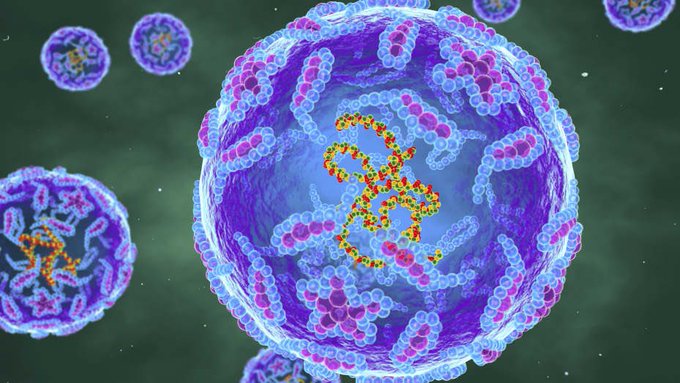There is now a case of the virus in New York, where it had been almost a decade since there had been a case.
The case was confirmed in a resident of Rockland County, which is roughly 36 miles north of New York City, according to the state and county health officials. Since 2013, there has only been one incident.
According to the AP, the patient has paralysis but is no longer believed to be contagious. According to tests carried out by the state health department’s lab and verified by the CDC, the patient had previously received an oral polio vaccine, which are no longer administered in the United States.
Since 2000, only inactivated vaccines, which use dead disease-causing microbes, have been authorised for use in the United States to prevent polio. This would suggest that the patient acquired the strain in a country that still uses oral polio vaccinations. According to the CDC, there haven’t been any new polio cases in the US since 1979.
Anyone who has not received the polio vaccine is advised to do so by the CDC and the health departments of New York.


The health commissioner for New York City, Dr. Ashwin Vasan, claims that immunizations have long shielded people from both known and new infections. There has always been a need for safe and effective vaccines, and New Yorkers deserve to be protected from diseases like polio that are completely preventable.
Polio occurrences drastically decreased in the late 1950s and early 1960s as a result of a high vaccination rate following the advent of the polio vaccine in 1955. Only 175 cases were reported globally in 2019, according to the World Health Organization.
The extremely contagious virus can cause serious damage to the muscles and spine and is frequently spread orally through faeces or saliva. The CDC estimates that 25% of people will experience flu-like symptoms such nausea, fever, and exhaustion, while 72% will not exhibit any overt symptoms.


The CDC reports that occasionally those who are infected display more severe symptoms that could be fatal, such as paralysis (0.5%) or meningitis (4%)—a spinal infection.
The New York State Health Department states that symptoms in infected individuals can take up to 30 days to appear, during which time the virus can still spread.




Hello there! I simply want to offer you a huge thumbs up for the great information you have here on this post. I will be coming back to your web site for more soon.